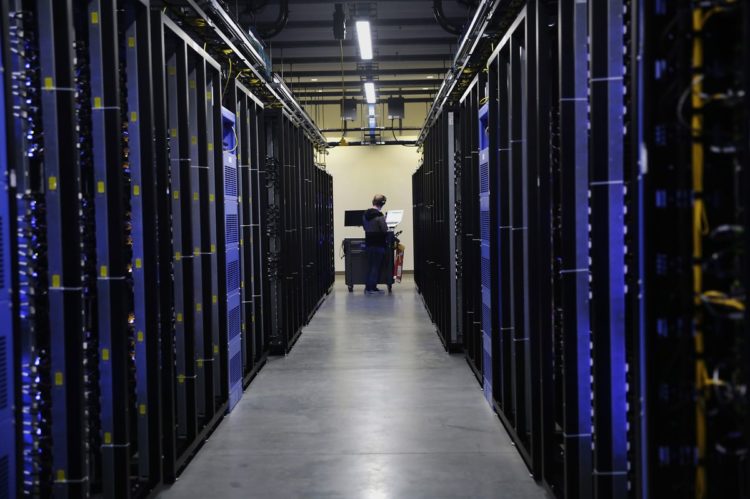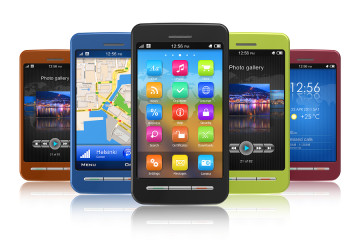How to Leverage Internet of Things Opportunities in The Metaverse?

By Wasi Rehman January 03, 2023
The Internet of Things (IoT) refers to the interconnected network of physical objects that are embedded with sensors, software, and network connectivity, enabling them to collect and exchange data. The Metaverse, on the other hand, refers to a collective virtual shared space, created by the convergence of virtually enhanced physical reality and physically persistent virtual space, including the sum of all virtual worlds, augmented reality, and the internet.
With the growing prevalence of both IoT and the Metaverse, businesses have an opportunity to leverage the convergence of these two technologies to create new and innovative products and services. Here are some ways that businesses can leverage IoT opportunities in the Metaverse:
Virtual reality (VR) and augmented reality (AR) experiences: IoT can be used to create more immersive and interactive VR and AR experiences in the Metaverse. For example, IoT-powered wearable devices such as VR headsets and AR glasses can be used to enhance the user experience by providing real-time data and sensory input.
Smart spaces: IoT can be used to create smart spaces in the Metaverse, such as virtual shopping malls or office buildings, where the physical environment is connected to the internet and can be controlled and monitored remotely.
Personalized experiences: IoT can be used to collect data about a user’s preferences and behaviors in the Metaverse, allowing businesses to create personalized experiences for their customers. For example, a virtual reality shopping mall could use IoT to track a user’s browsing history and make recommendations based on their interests.
New business models: The combination of IoT and the Metaverse opens up new possibilities for businesses to create innovative products and services. For example, a virtual reality fitness center could use IoT-powered wearable devices to track a user’s workouts and provide personalized training programs.
Virtual reality (VR) and augmented reality (AR) experiences: IoT can be used to create more immersive and interactive VR and AR experiences in the Metaverse. For example, IoT-powered wearable devices such as VR headsets and AR glasses can be used to enhance the user experience by providing real-time data and sensory input. For example, a VR headset could use IoT to track a user’s head movements and adjust the virtual environment accordingly, while an AR headset could use IoT to overlay
virtual objects onto the real world.
Smart spaces: IoT can be used to create smart spaces in the Metaverse, such as virtual shopping malls or office buildings, where the physical environment is connected to the internet and can be controlled and monitored remotely. For example, a virtual shopping mall could use IoT sensors to track foot traffic and adjust the virtual layout accordingly, while a virtual office building could use IoT to monitor and control the lighting, temperature, and security systems.
Personalized experiences: IoT can be used to collect data about a user’s preferences and behaviors in the Metaverse, allowing businesses to create personalized experiences for their customers. For example, a virtual reality shopping mall could use IoT to track a user’s browsing history and make recommendations based on their interests, while a virtual reality theme park could use IoT to tailor the attractions and experiences to a user’s age, interests, and physical abilities.
New business models: The combination of IoT and the Metaverse opens up new possibilities for businesses to create innovative products and services. For example, a virtual reality fitness center could use IoT-powered wearable devices to track a user’s workouts and provide personalized training programs, while a virtual reality education platform could use IoT to monitor a student’s progress and adapt the curriculum accordingly.
In addition to these opportunities, businesses should also consider the potential challenges and risks associated with leveraging IoT in the Metaverse. These may include issues related to data privacy and security, as well as the need to ensure interoperability and compatibility among different IoT devices and platforms. By carefully managing these challenges and risks, businesses can fully realize the potential of IoT in the Metaverse.
What exactly is IoT and Metaverse?
If we want to understand what IoT and Metaverse means or is, we should look at where the two worlds meet. This point of convergence would be the digital twin. It would be an unusual use of digital twin, but there are interesting ramifications to consider. Another buzzword that has its origins in NASA and the field of PLM is a digital twin (Product Lifecycle Management). A digital twin is not the same as a digital avatar, which is more like a character in a fantasy MMORPG (Massively Multiplayer Online Role-Playing Game). Typically, you resemble a Silvan elf like Legolas more than your own physical form.
The extent of digital twins can be defined in two ways. According to one viewpoint, a digital twin is an umbrella term that encompasses data input, data management, modeling, and simulation. With this approach, the concept of the digital twin is becoming increasingly sophisticated and overcrowded. The second approach is to define digital twins in terms of their core role, which is to serve as a mirror for a distinct physical object and its digital reflection.
Conclusion
In conclusion, the convergence of IoT and the Metaverse presents significant opportunities for businesses to create new and innovative products and services. By leveraging the capabilities of both technologies, businesses can create more immersive and personalized experiences for their customers and explore new business models.







No Comment